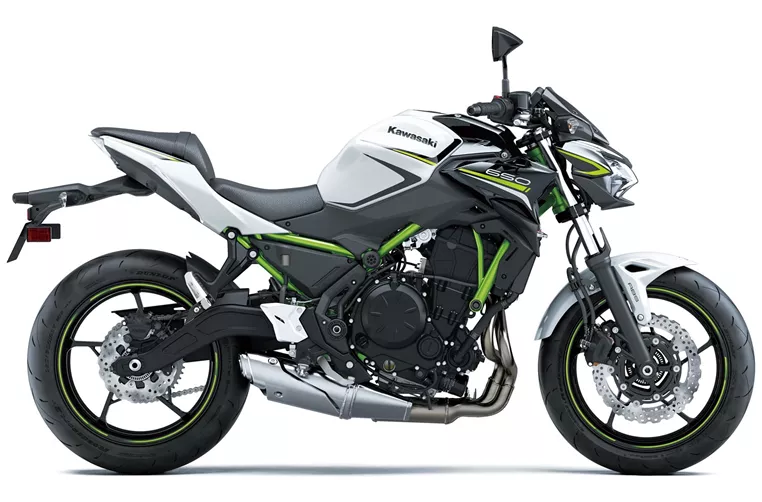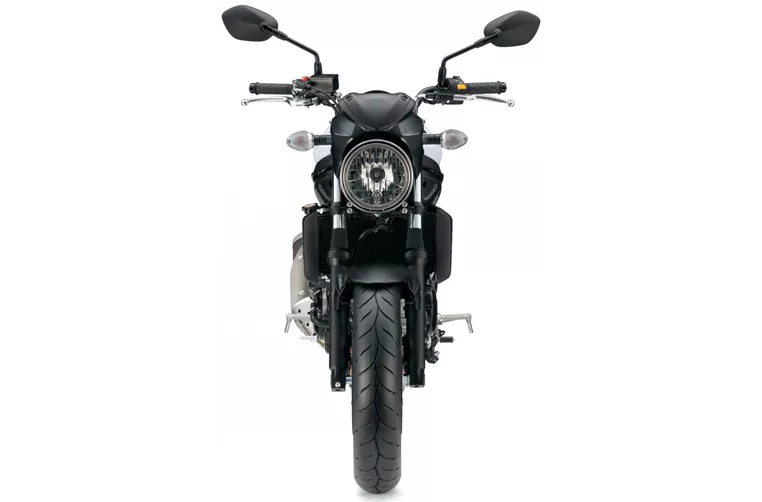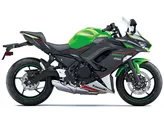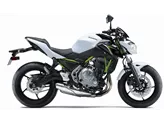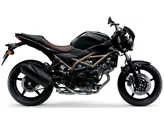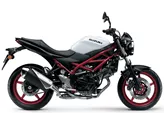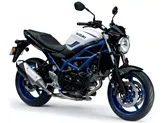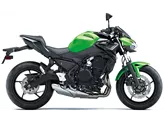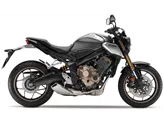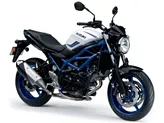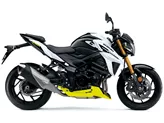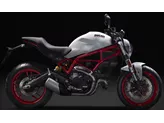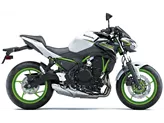Kawasaki Z650 2020 vs. Suzuki SV 650 2016
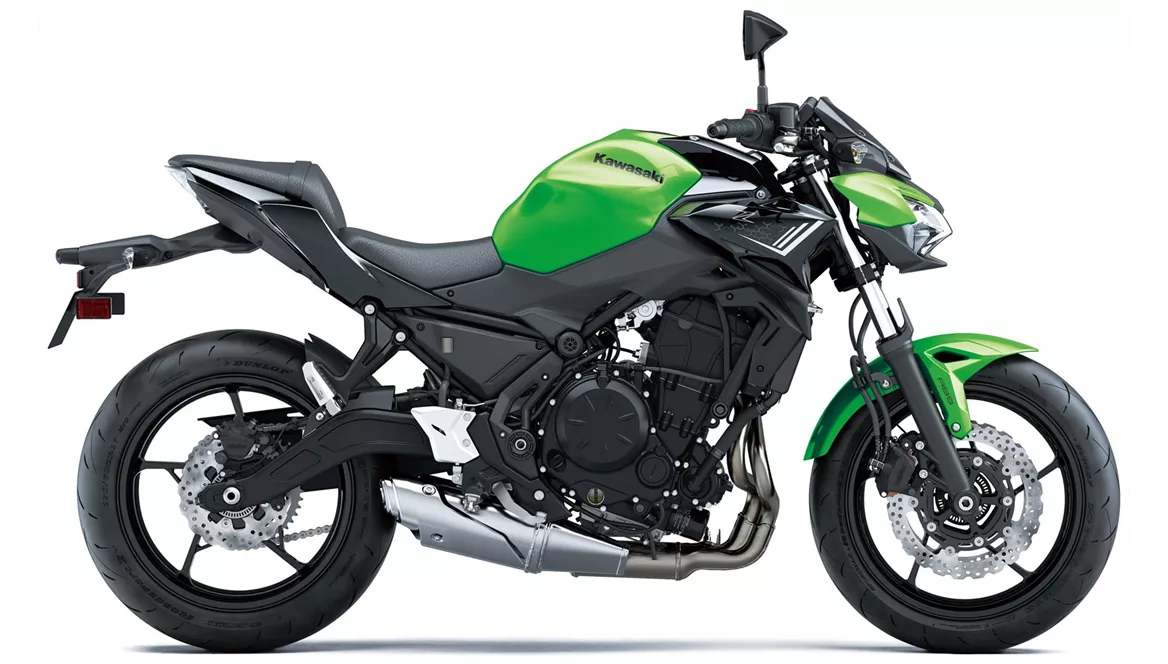
Kawasaki Z650 2020
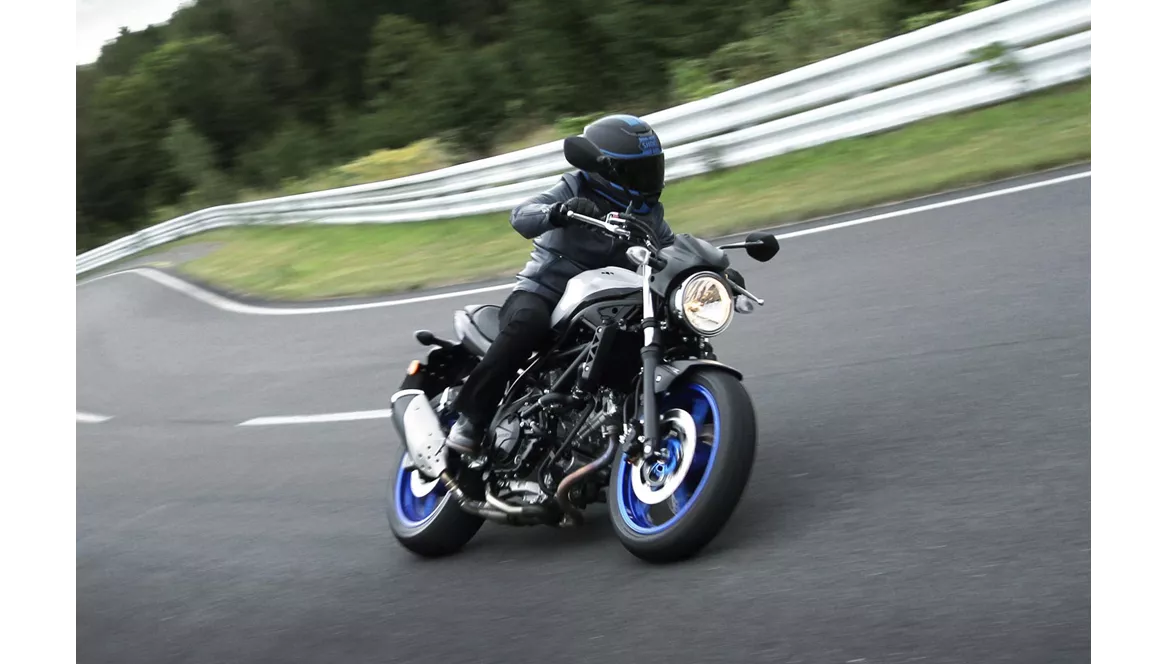
Suzuki SV 650 2016
Overview - Kawasaki Z650 2020 vs Suzuki SV 650 2016
The Kawasaki Z650 2020 and the Suzuki SV 650 2016 are both naked bikes with similar technical specifications. However, there are some notable differences between the two models.
In terms of engine power, the Suzuki SV 650 2016 has a slight advantage with 76 HP compared to the Kawasaki Z650 2020's 68.2 HP. However, the Kawasaki Z650 2020 has a higher torque of 65.7 Nm compared to the Suzuki SV 650 2016's 64 Nm. Both bikes have fuel injection systems, liquid cooling, and 2 cylinders.
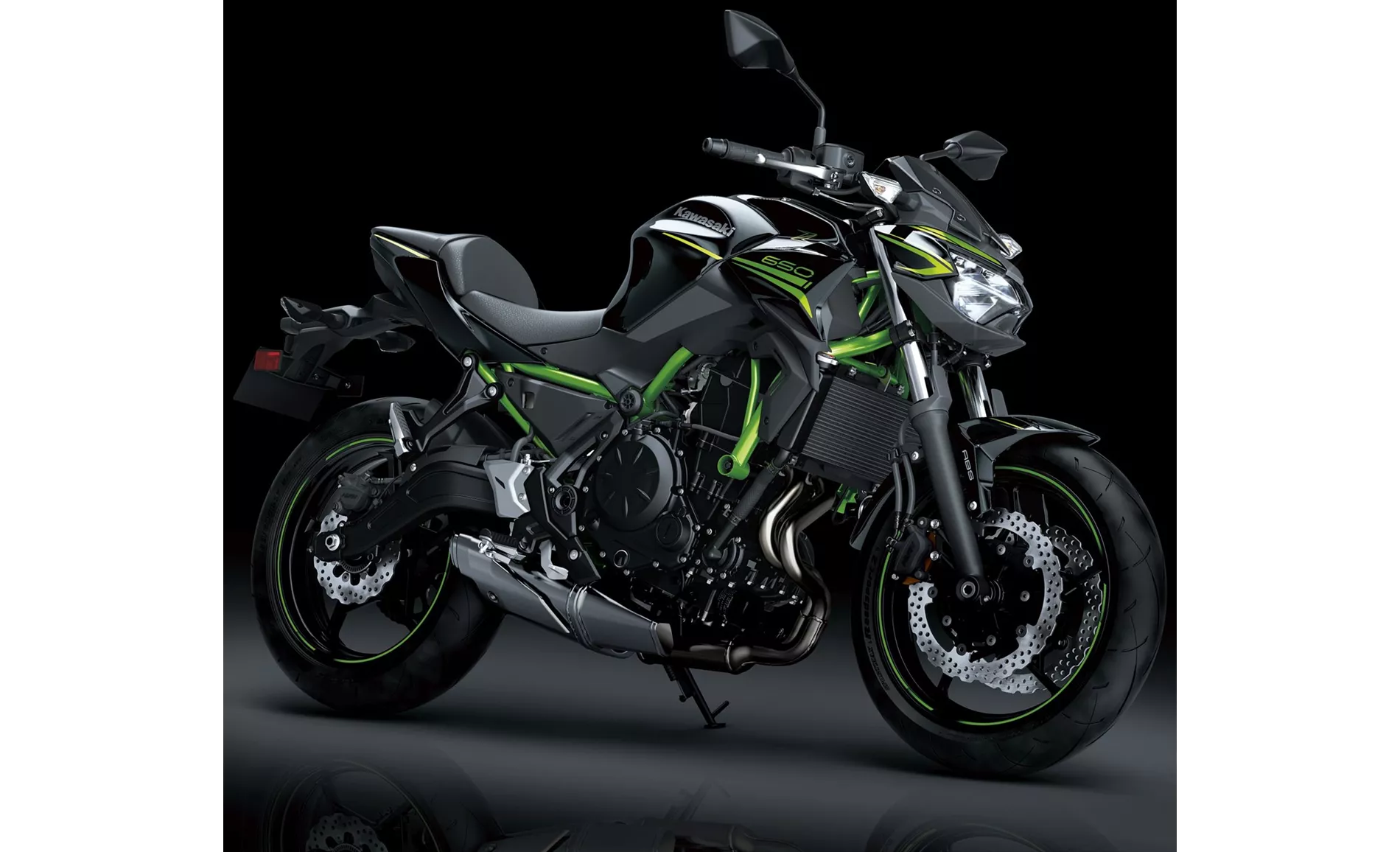
Kawasaki Z650 2020
In terms of suspension, both bikes have telescopic forks at the front and swing arm suspension with monoshock at the rear. The chassis of both bikes is made of steel and has a tubular frame. The front brakes on both bikes are double disk with double piston calipers. However, the Kawasaki Z650 2020 has slightly larger front brake disks with a diameter of 300 mm compared to the Suzuki SV 650 2016's 290 mm.
Both bikes come with ABS as an advanced rider assistance system. The dimensions and weights of the bikes are also similar, with both having a front tire width of 120 mm and a rear tire width of 160 mm. The front and rear tire diameters are also the same at 17 inches. The wheelbase of the Suzuki SV 650 2016 is slightly longer at 1445 mm compared to the Kawasaki Z650 2020's 1410 mm. The seat height of the Suzuki SV 650 2016 is slightly lower at 785 mm compared to the Kawasaki Z650 2020's 790 mm. The kerb weight of the Suzuki SV 650 2016 is slightly heavier at 197 kg compared to the Kawasaki Z650 2020's 187.1 kg. The fuel tank capacity of the Suzuki SV 650 2016 is 13.8 liters, while the Kawasaki Z650 2020 has a larger fuel tank capacity of 15 liters.
In terms of strengths, the Kawasaki Z650 2020 has a powerful two-cylinder engine, aggressive intake noise, compact dimensions, low seat height, stable chassis, TFT display with connectivity, and a grown-up look. On the other hand, the Suzuki SV 650 2016 has an agile and powerful engine, a typical V2 sound, a pleasant and low seating position, easy handling, a comfortable chassis, and brakes with good control.

Suzuki SV 650 2016
As for weaknesses, the Kawasaki Z650 2020 has a front brake pressure point issue and may be uncomfortable for tall riders. It also has a Rideology App that is not 100% sophisticated. The Suzuki SV 650 2016 has a poorly readable digital tachometer.
Overall, both the Kawasaki Z650 2020 and the Suzuki SV 650 2016 are solid naked bikes with their own strengths and weaknesses. Ultimately, the choice between the two would depend on the rider's preferences and priorities.
Technical Specifications Kawasaki Z650 2020 compared to Suzuki SV 650 2016
Pros and Cons in comparison
Pros and Cons in comparison
Kawasaki Z650 2020
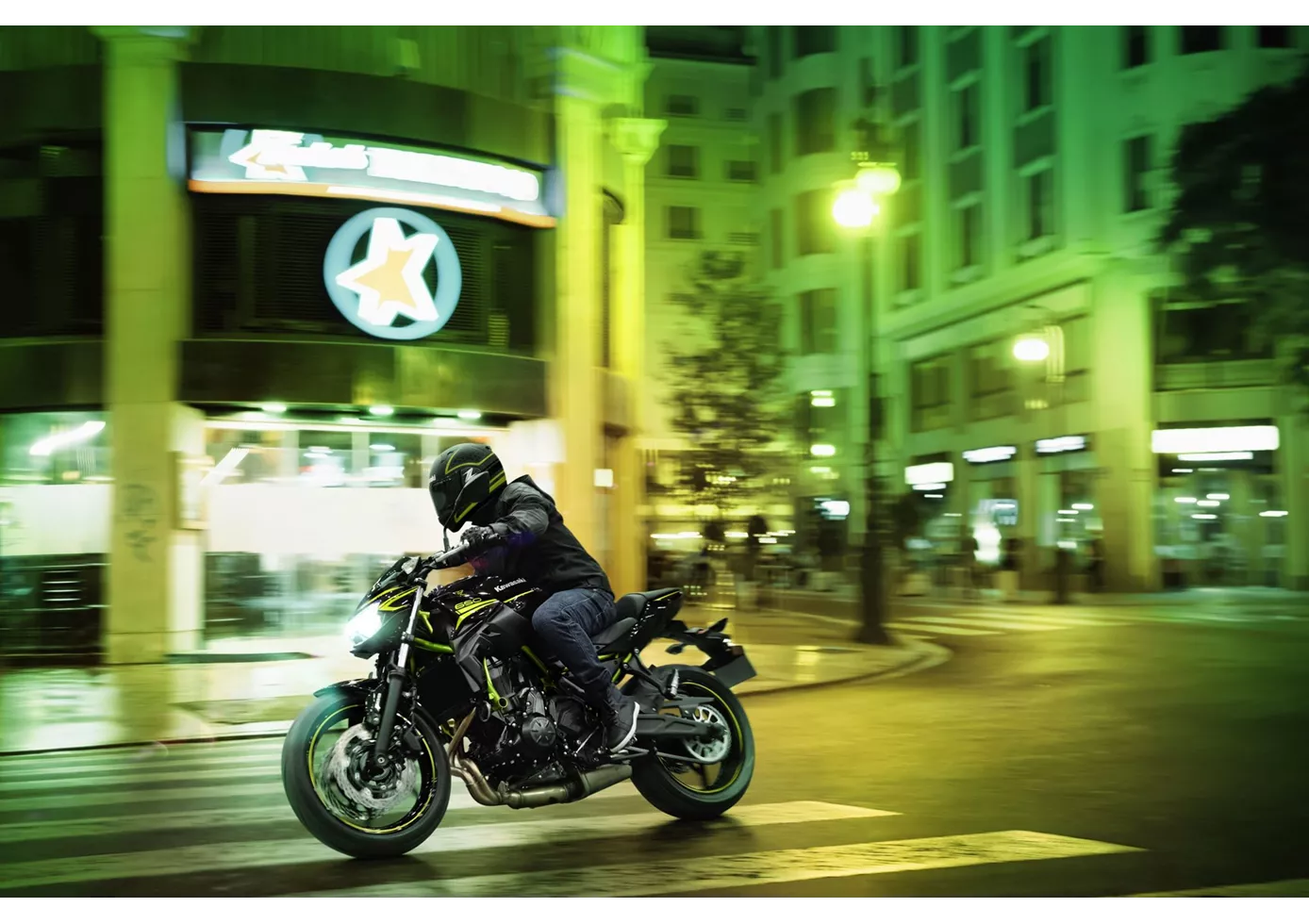
It's simply marvellous what Kawasaki has put together in a complete package with the new Z650. The technical components may not knock your socks off individually, but in combination they make for a pleasantly neutral motorbike that everyone will enjoy. No bitchy idiosyncrasies - simply a naked bike that works really well on winding country roads. Of course, the TFT display, which we don't find in the competition at the moment, is a plus, as is the grown-up look, which is strongly oriented towards the larger Z models. Only the pressure point of the front brake could have been more clearly defined - but you can't have everything in this price range.
Suzuki SV 650 2016
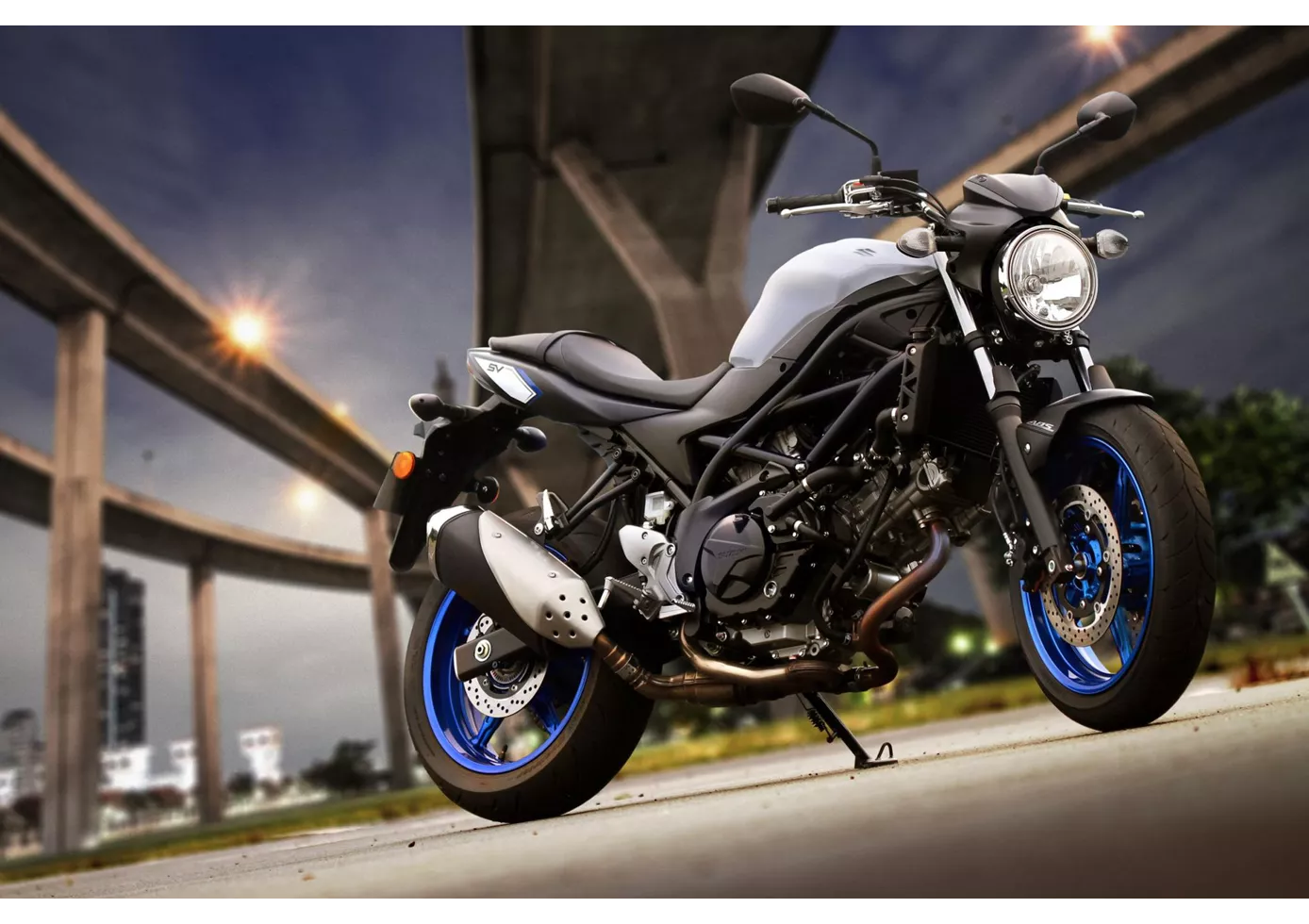
The new SV650 continues the visual minimalism of the first two SV650 generations, but builds technically on its direct predecessor, the SFV650 Gladius - two excellent moves that turn the very modern SV650 into a classic. The design fits wonderfully into the era of many retro conversions, but inside there are also modern gimmicks that make it easier for beginners in particular to get started. The engine, on the other hand, can also convince advanced riders; the typical V2 feeling is wonderful. You shouldn't expect extreme sportiness in the chassis and brakes, but the price of just under 6400 euros (in Germany) is a statement that the competition will have to swallow.
Price Comparison Avarage Market Price Kawasaki Z650 vs Suzuki SV 650
There are a few key differences between a Kawasaki Z650 2020 and a Suzuki SV 650 2016. In terms of price, the actual average price of a Kawasaki Z650 2020 is about 19% higher. A Kawasaki Z650 2020 experiences a loss of 30 GBP in one year of ownership. This is offset by a loss of 140 GBP for a Suzuki SV 650 2016. Compared to Suzuki SV 650 2016 there are more Kawasaki Z650 2020 bikes available on the 1000PS.de Marketplace, specifically 21 compared to 11. With 80 days it takes the same amount of time to sell a Kawasaki Z650 or a Suzuki SV 650. Since model year 2017 1000PS.de editors have written 31 reviews for the Kawasaki Z650 and 25 reviews for the Suzuki SV 650 since model year 2005. The first review for the Kawasaki Z650 was published on 08/11/2016 and now has more than 25,000 views. This compares to more than 14,200 views for the first review on Suzuki SV 650 published on 26/09/2008.
